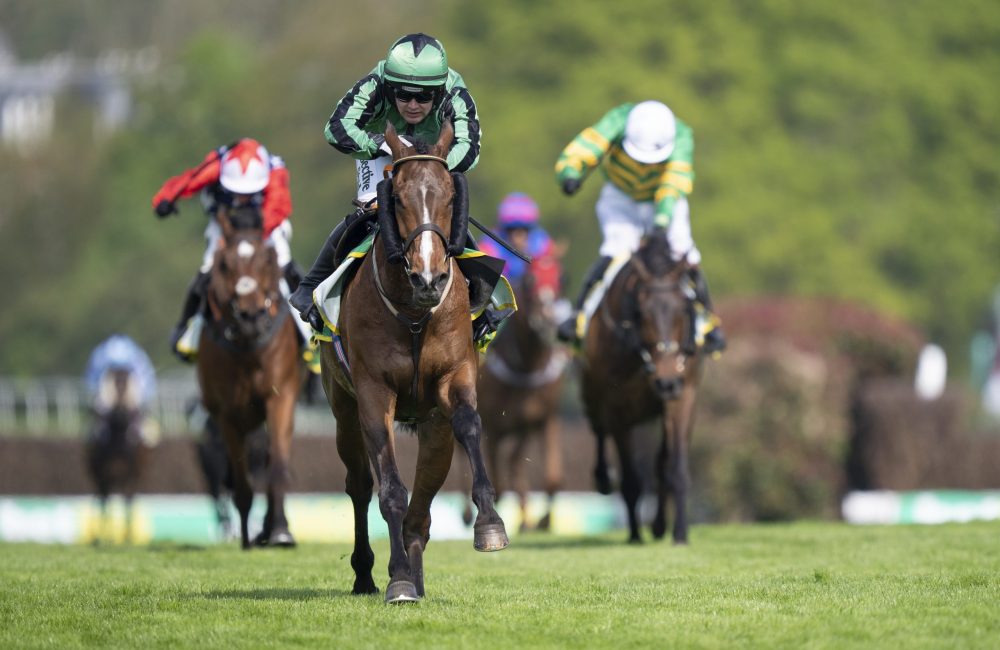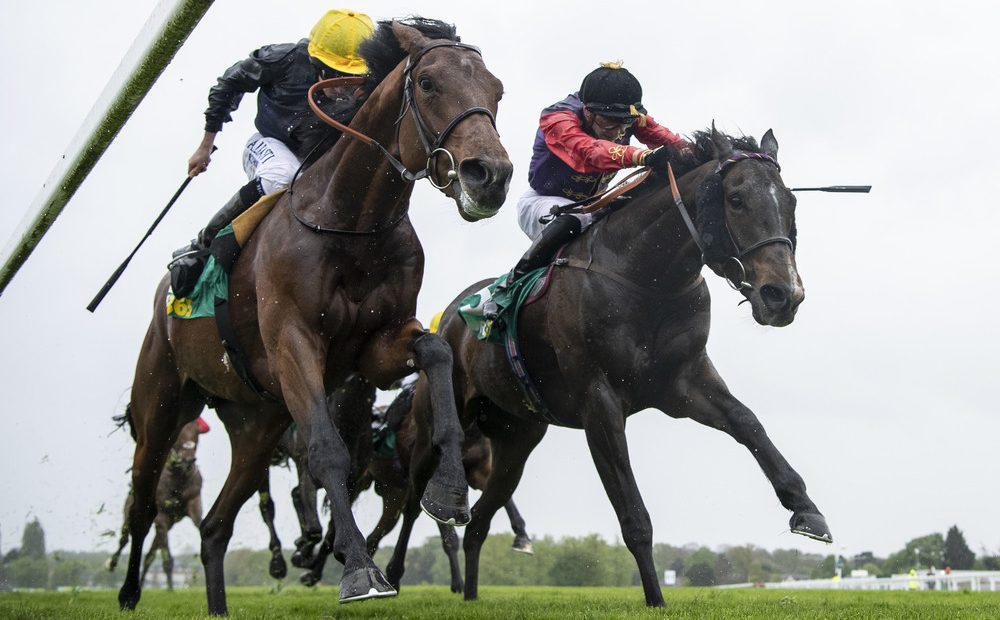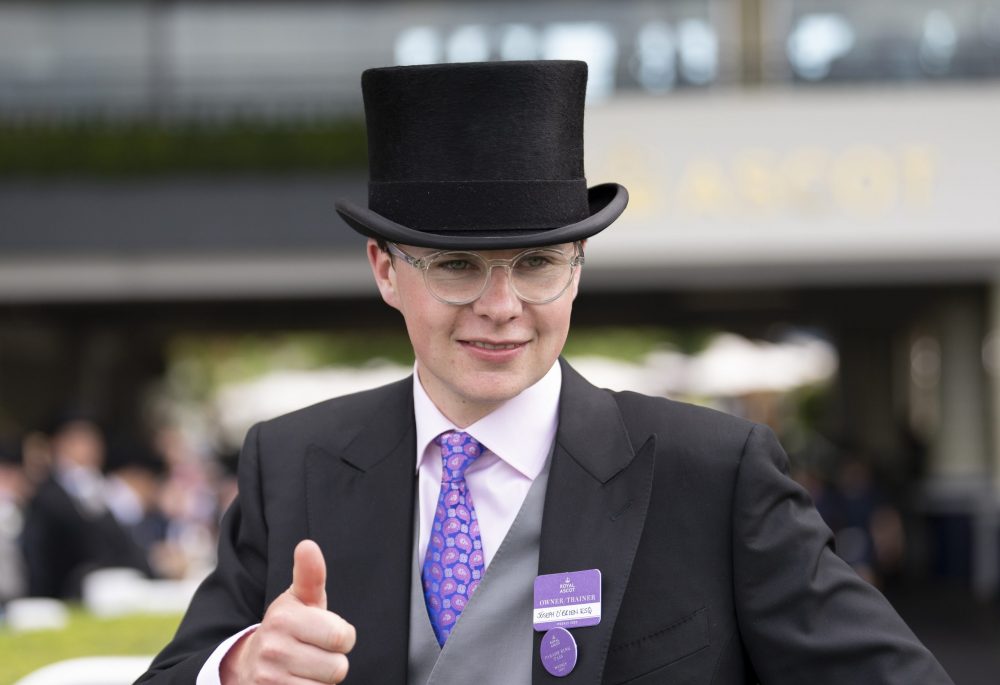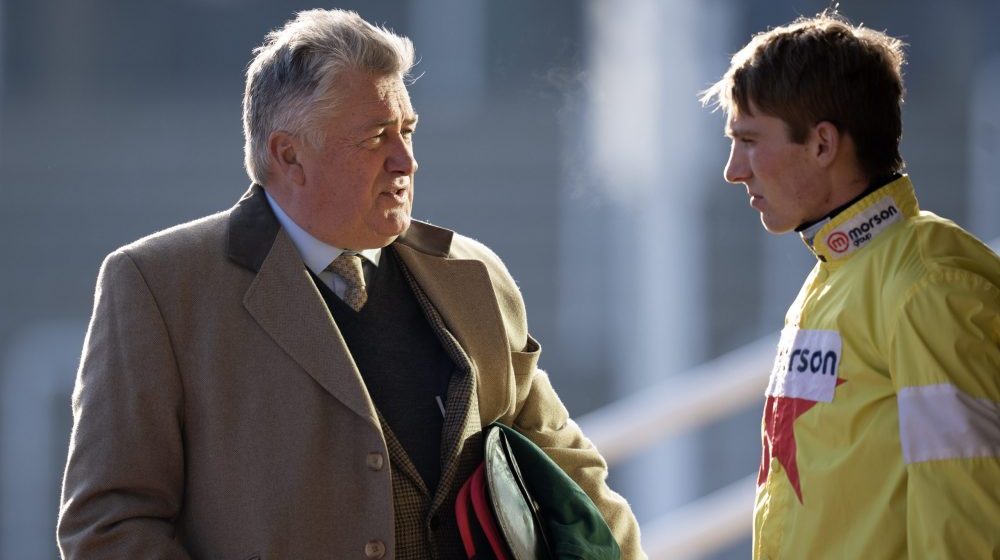
Royal Ascot 2021 draw bias: Where should punters be looking?
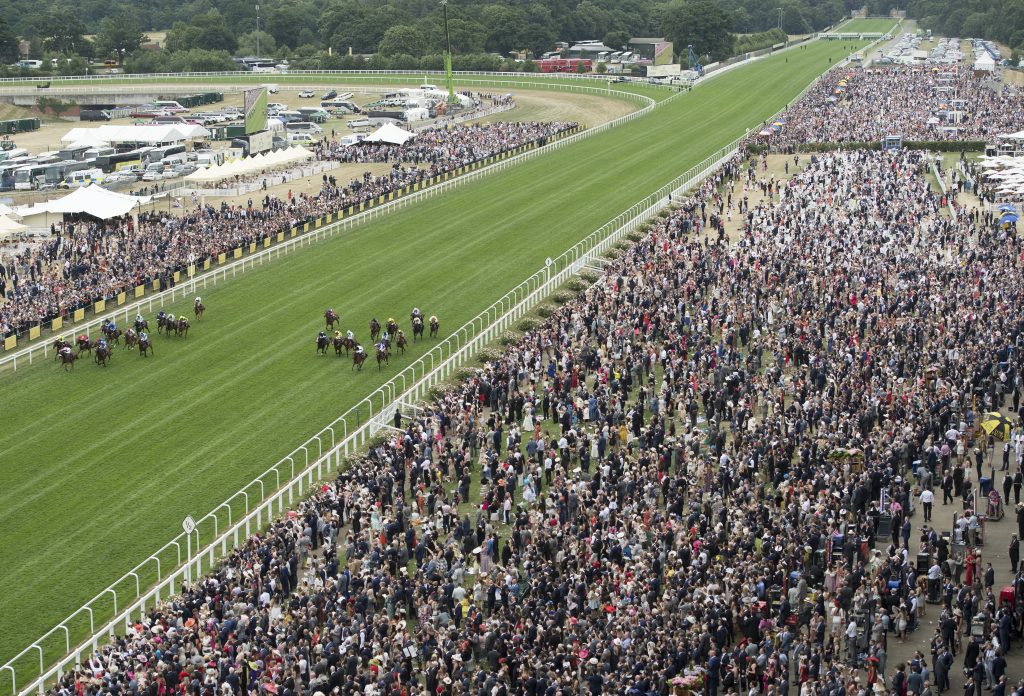
Royal Ascot starts on Tuesday the 15th June and with the weather set fair, it should be a cracking week for our horse racing tips. With the traditional huge field handicaps, one of the most important factors when trying to find winners is the draw bias.
The ground may be perfect, the yard smashing in the winners and the horse primed to perfection but if they are drawn on the wrong part of the track, it’s very hard to win. We have gone back over the last decade, looking at the main contests to give you all you need to know about the Royal Ascot 2021 draw bias.
The Sprints
Five two-year-old races over five and six furlongs which are perhaps not a rock-solid guide to a draw bias. That said, high looks the place to be in the Windsor Castle which tends to be the biggest field of the bunch. Seven of the last ten winners have been drawn 18 or higher.
The Coventry over six furlongs has been the other way. In the last seven years, thirteen of the twenty-one horses to finish in the first three have come from a single figure draw. The Albany which is the fillies equivalent has not had a winner drawn lower than 12. The same course and distance, the complete opposite draw bias!
A six furlong cavalry charge comes up with the Wokingham where the pace seems more of an important factor. Middle to low has been preferred the last few years after a spell when high drawn were winning. Six of the last eight have been run on good to firm which is expected in 2021 with winners coming from 1, 10, 16, 21, 22 and 27.
If you back any of our selections you can watch them live on the free Racing Post app or racingpost.com. Simply log in to one of your bookmaker accounts and click ‘Watch live’ on the racecards.
Seven furlongs/mile
There have only been five editions of the Buckingham Palace Stakes. That makes it tough to be too bold with a prediction but it’s notable that 15/20 to make the first four home have been drawn in 21 or higher.
The straight mile is a funny beast, boasting three big handicaps during the week, the Royal Hunt Cup, the Sandringham and the Britannia all see huge fields.
Only five horses drawn in single figures in the Royal Hunt Cup have made the first four home in the last decade, 5/40 is a poor return for 30% of the runners. Six of the last ten winners have been drawn 21 or higher, with high drawn winners on all grounds.
The Britannia is a handicap for colts and geldings aged three . A middle slot is marginally preferred, five of the last eight winners drawn 11-19 giving them freedom with which side they go but placed horses have come from all over.
The fillies equivalent of the Britannia is the Sandringham. Interestingly this is an outlier of a race with five of the last ten winners drawn in stalls 1-5. That includes on soft last year when generally there is a high bias on soft. Generally this is a slightly smaller field which perhaps is why the bias is different.
Middle distances
It’s the races on the round course that in a lot of ways generate the most interest despite being over longer trips. There is often a lot said about being drawn wide on the round course and it being a disadvantage but is that true?
Ten-furlong races (Wolferton/Hampton Court) have a short run to the turn at Swinley Bottom. The bias is more middle in these two races. Stalls 5, 6 and 7 have generated 11 of the 20 winners of these two races in the last decade.
That draw gives jockeys more of a choice in how they can ride the race. Both low and high hit the frame with regularity and while very high isn’t ideal, it’s not a massive negative.
The big field races over twelve furlongs (King George V/Duke Of Edinburgh) are biased towards a high draw. A longer run to the turn is a help but it’s interesting to see it so pronounced.
In the last ten years, four winners and thirteen further placed horses have been drawn 15 or higher, that’s 32% of all runners housed in those stalls. The Duke Of Edinburgh has not seen a winner drawn lower than 10 in the last decade, with four winners coming out of 12, two from 19 and two from 21! Don’t let a high draw put you off anything you fancy on the round course.
Conclusion
In races on the straight course, where the pace comes from is crucial. Despite that, a high draw is still preferred in general, especially in the huge field handicaps. It is more interesting that a high draw is no stumbling block to success on the round course which could be an angle in to some potentially overpriced runners.
Low numbers can win and on the prevailing good to firm ground they have a better chance than they do when it rides soft. The general perception having looked over the stats is that middle to high is the preferred place over every trip, however.
Get clued up for the royal meeting with the latest Ascot tips and Ascot free bets to get a head start on your festival punting.



